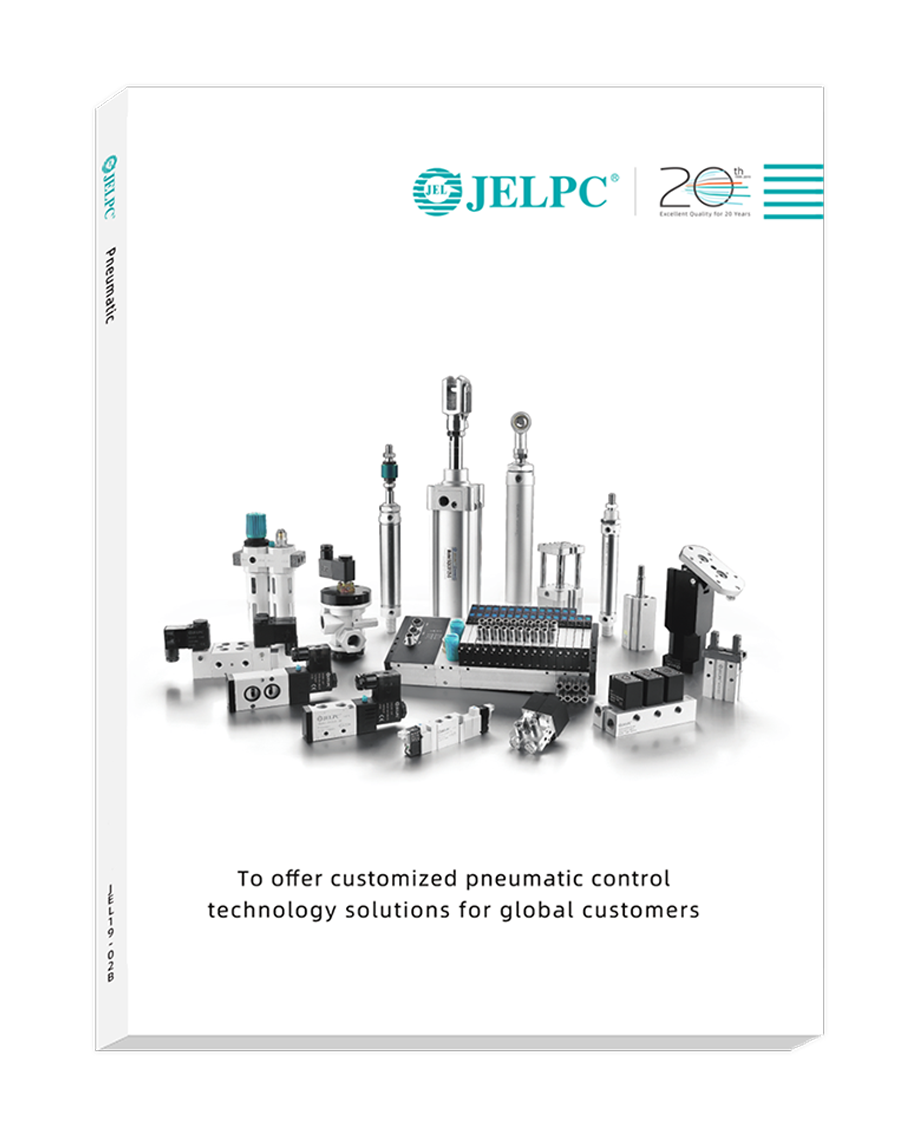Different control valves have different installation requirements. What are the installation principles of pneumatic control valves and electric control valves? What are the precautions? Ningbo Jiaerling Pneumatic Machinery Co., Ltd. will tell you today.

Installation principle of pneumatic control valve:
1 The installation position of the pneumatic control valve requires a certain height from the ground, and there must be a certain space above and below the valve to facilitate the disassembly and repair of the valve. For regulating valves equipped with pneumatic valve positioners and handwheels, it must be easy to operate, observe and adjust.
2. The regulating valve should be installed on the horizontal pipeline, and vertical to the pipeline up and down. Generally, it should be supported under the valve. For special occasions, when the regulating valve needs to be installed horizontally on a vertical pipeline, the regulating valve should also be supported (except for the small-diameter regulating valve). When installing, avoid placing additional stress on the regulating valve.
3. The working environment temperature of the regulating valve should be (-30--+60) relative humidity not more than 95%
4. There should be a straight pipe section at the front and rear of the regulating valve, and the length should not be less than 10 times the pipe diameter (10D), so as to avoid the straight pipe of the valve being too short and affecting the flow characteristics.
5. When the diameter of the regulating valve is not the same as that of the process pipeline, it should be connected with a reducer. Threaded connections can be used when installing small-diameter control valves. The fluid direction arrow on the valve body should be consistent with the fluid direction
6. To set up the bypass pipe. The purpose is to facilitate switching or manual operation, and the valve can be adjusted for maintenance without stopping
7. Before installing the regulating valve, thoroughly remove foreign objects in the pipeline, such as dirt, welding slag, etc.
Electric control valve installation principle:
1. The installation position, height, and direction of inlet and outlet of the valve must meet the direction design requirements, and the connection should be firm and tight.
2. The valve can be connected to the pipeline with various forms of ends. The most important connection methods are threaded, flanged and welded connections. When the flange is connected, if the temperature exceeds 350 ℃, it will be damaged by the bolts. Flange and gasket creep relaxation, high temperature resistant bolt material should be selected.
3. Visual inspection must be carried out before the valve is installed, and the nameplate of the valve should meet the requirements of the current international standard GB12220 "General Valve Marking". For the valve whose working pressure is greater than 1.0MPA and plays a role in cutting off the main pipe, the strength and tightness test shall be carried out, and it shall be used only after passing the test. Other valves may not be tested separately and will be tested in the system pressure test.
4. During the strength test, the test pressure should be 1.5 times the nominal pressure, and the duration should not be less than 5 minutes. There should be no leakage in the valve shell and packing.
5. During the tightness test, the test pressure is 0.3mpa, and the test pressure should remain unchanged for the duration of the test, and the time should meet the requirements in Table 2. The valve disc sealing surface is qualified if there is no leakage.
6. Nominal diameter: DN15-500
In order to ensure the better use of the regulating valve, more attention should be paid during the installation process to ensure the normal use and life of the regulating valve.